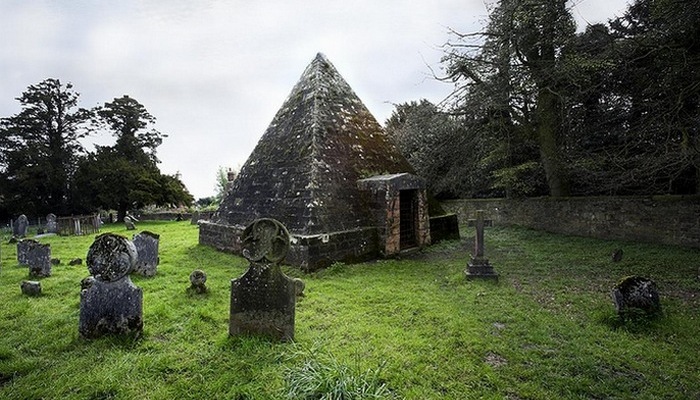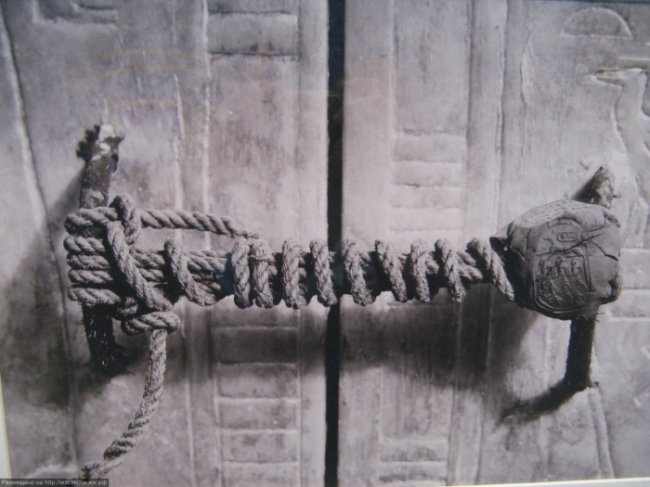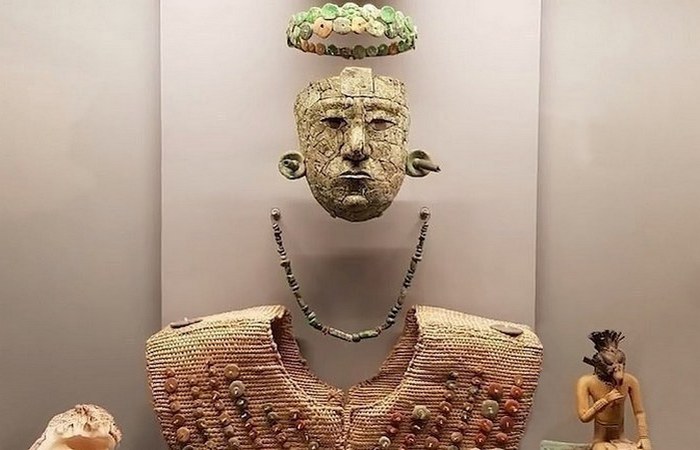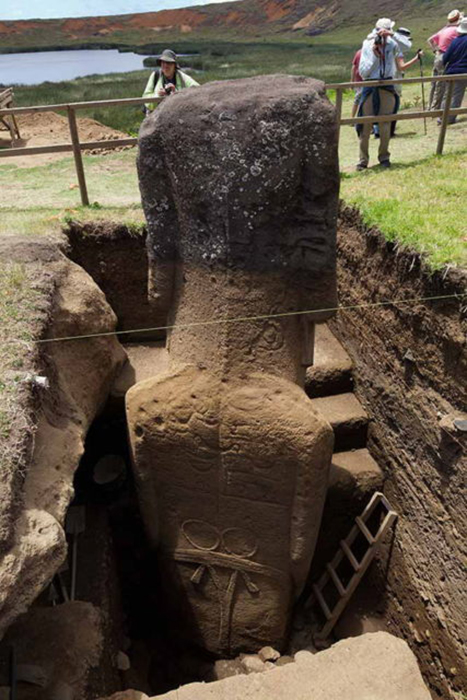was popular during
Riddle of Alexander of Macedon: Why “the flight of Tsar Alexander” was popular in Russia and throughout the Christian world
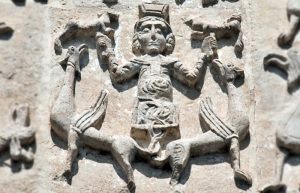 A unique pectoral cross was found on the land of the former Drutsk faction, which emerged in the 11th century on the way “from the Varangians to the Greeks”. Crosses with the image of the Crucifixion from this period have come down to us a little, the image of the Crucifixion is much more common on encolpions, but this is not the main thing. Not for nothing, the cross from Drutsk was found on the way from the “Varangians to the Greeks”, some “Varangian”, Scandinavian features are present in the design of the cross, but this does not make it unique. Of particular interest is the image on the back of the cross.
A unique pectoral cross was found on the land of the former Drutsk faction, which emerged in the 11th century on the way “from the Varangians to the Greeks”. Crosses with the image of the Crucifixion from this period have come down to us a little, the image of the Crucifixion is much more common on encolpions, but this is not the main thing. Not for nothing, the cross from Drutsk was found on the way from the “Varangians to the Greeks”, some “Varangian”, Scandinavian features are present in the design of the cross, but this does not make it unique. Of particular interest is the image on the back of the cross.
The crucified Christ is depicted with closed eyes – it means already dead on the cross, but the head is straight. Above the cross nimbus is a depressed inscription ICXC. With the increase, the depressed points are visible not in the palms, but above the wrists, depicting nail heads. Continue reading
